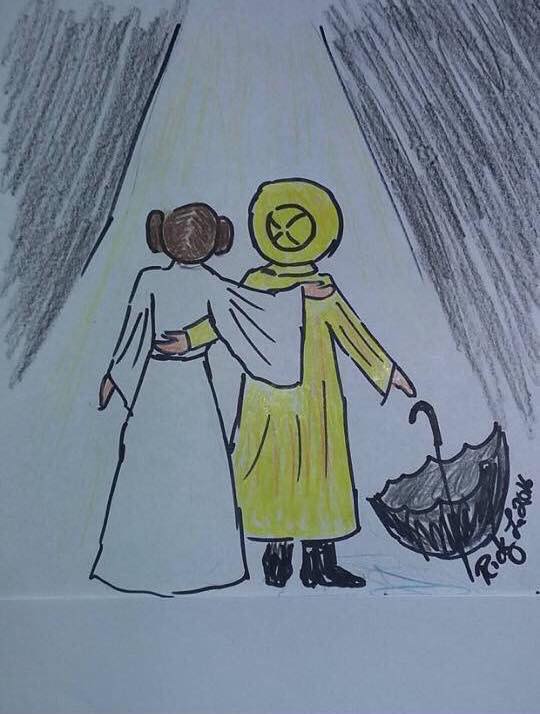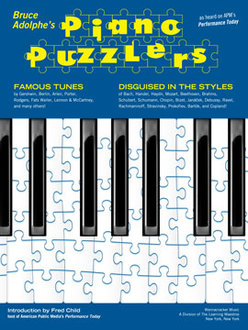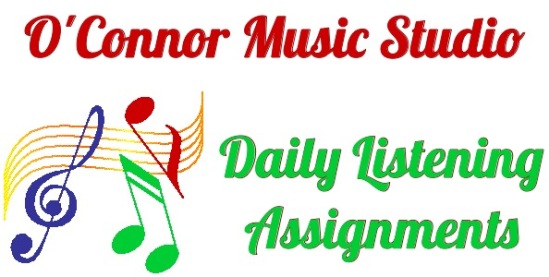
. 1699 ~ Johann Adolph Hasse, German composer, singer and teacher of music. Immensely popular in his time, Hasse was best known for his prolific operatic output, though he also composed a considerable quantity of sacred music.
. 1784 ~ François-Joseph Fetis, Belgian musicologist, composer, teacher, and influential music critic.
. 1851 ~ The Playel piano factory in Paris was destroyed by fire. Playel was the favorite of Chopin in the 19th century, and it was identified with French composers known as the impressionist musicians of the early 20th century — like Ravel and Debussy.
Pleyel was founded in 1807 by Ignaz Pleyel, a composer and music publisher who studied with Franz Joseph Haydn.
. 1867 ~ Arturo Toscanini, Italian conductor and musical director. Famed for his temper in rehearsals, he was director of La Scala and the Metropolitan opera houses. He also conducted the NBC symphony orchestra. With a career spanned 68 years, he was a cellist at age 19
Read quotes by and about Toscanini
More information on Toscanini
. 1881 ~ Béla Bartók, Hungarian composer and pianist, born. His knowledge of western musical techniques allied to the inspiration he derived from Hungarian peasant songs enabled him to become a unique musical force.
More information about Bartók
. 1903 ~ ![]() Grammy winner Frankie Carle (Carlone), Pianist and bandleader
Grammy winner Frankie Carle (Carlone), Pianist and bandleader
. 1913 ~ The Palace Theatre opened its doors in New York City. Ed Wynn was first on the vaudeville bill. Some 20 years later, Wynn would be named as radio’s top entertainer. He later became popular on television, as well.
. 1918 ~ Debussy, French composer, died. His music, described as “musical Impressionism”, explored original avenues of expression.
. 1931 ~ Hal Kemp and his orchestra recorded Whistles, with Skinnay Ennis, for Brunswick Records. Both Kemp and Ennis sang in the Dorsey Brothers Concert Orchestra, under the direction of Dr. Eugene Ormandy (later, conductor of the Philadelphia Symphony Orchestra). The pair were part of the orchestra vocal quartet that also featured Nye Mayhew and Saxey Dowell in 1928.
. 1934 ~ Johnny Burnette, ‘The Master’, singer, brother of singer Dorsey Burnette
. 1938 ~ Hoyt Axton, Singer, musician and songwriter. Axton’s mother, Mae Boren Axton, wrote Elvis Presley’s Heartbreak Hotel
. 1940 ~ Anita Bryant, Singer
. 1942 ~ Aretha Franklin, American soul singer, known as the “Queen of Soul” and “Lady Soul”, she won 15 Grammy Awards and was the first woman inducted into Rock and Roll Hall of Fame (1987)
. 1947 ~ Elton John (Reginald Kenneth Dwight). English singer-songwriter, composer and pianist who has had hits in the charts since 1970 with his first hit “Your Song”, Over the next 40 years he had a large number of hits with the last being in 2009 “Tiny Dancer (Hold Me Closer)” (Ironik featuring Elton John). Possibly his best known top ten singles over the 40 year period include “Rocket Man”, “Crocodile Rock”, “Daniel”, “Candle in the Wind”, “Bennie and the Jets”, “Pinball Wizard”, “Don’t Go Breaking My Heart” (with Kiki Dee), “I’m Still Standing” and “Can You Feel the Love Tonight”. It does not matter which generation you are from you have more than likely grown up listening to his music . Billboard magazine ranked him as the most successful male solo artist on “The Billboard Hot 100 Top All-Time Artists” (Third overall, behind only The Beatles and Madonna). The awards he has gained during these years is also a testament to his music and include Academy Award, Golden Globe, Tony Award and multiple Grammys. From humble beginnings as a Pub Pianist to one of the music superstars of the modern era shows not only his talent but his commitment to his art.
More information about John
. 1948 ~ Kelly Garrett, Actress, singer
. 1949 ~ Neil Jones, Musician with Amen Corner
. 1951 ~ Maizie Williams, Singer with Boney M
. 1961 ~ “Gypsy” closed at the Broadway Theater in New York City after 702 performances
. 1966 ~ Jeff Healey, Guitarist, singer, songwriter with the Jeff Healey Band, CBC radio show: My Kind of Jazz
. 1971 ~ Tom Jones went gold with his single, She’s a Lady.
. 1971 ~ Louis Armstrong, the famous trumpet player, underwent a temporary tracheotomy after being admitted to a New York hospital. Armstrong had this throat operation after treatment for heart trouble.
. 1972 ~ The group, America, rode to the top of the pop music charts with their LP, America, and the single (included on the LP), A Horse with No Name. A Horse With No Name would be the group’s only gold record.
. 1991 ~ Eileen Joyce, pianist, died at the age of 78










